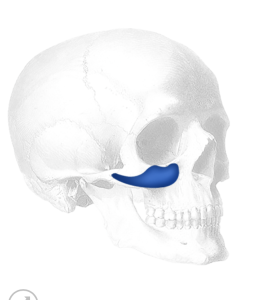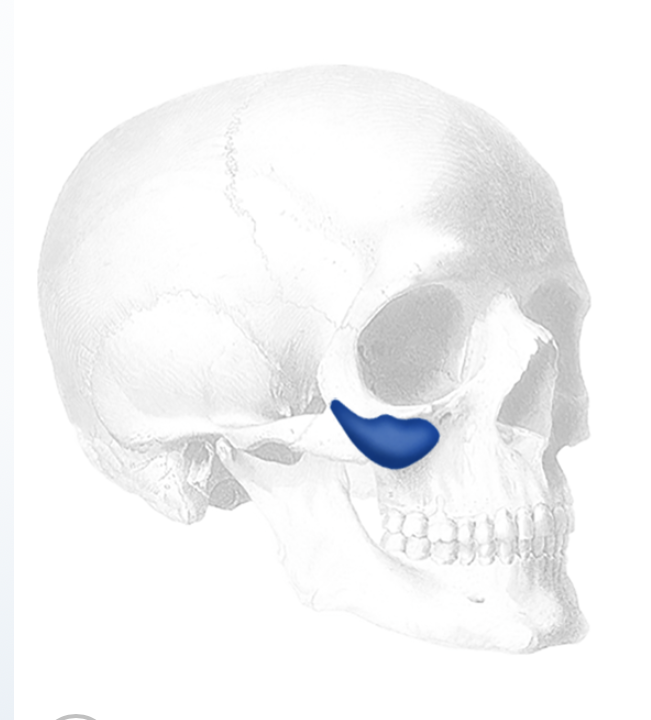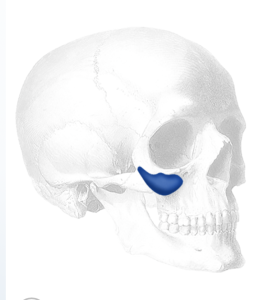Background: Facial lipoatrophy is a well known condition that is defined by fat loss in the face. This is most evident in the cheek and temporal areas where the largest collection of the fat exists in the face due to the buccal fat pad and its extensions. There are a variety for reasons why such fat loss occurs. Some have it naturally and it is their genetically shaped face while others develop it through various medical conditions, medications and large amounts of weight loss.
In the treatment of facial fat loss a variety of non-surgical and surgical options exist. Injectable fillers, particularly Sculptra, have been designed to treat facial lipoatrophy. While not permanent it does not provide a sustained effect for 1 to 2 years. Injectable fat grafting is also a minimally invasive surgical option but the take and persistence of fat is not always predictable and permanent.




The fundamental principle of facial implangts is that the exert their effects through a soft tissue float. The soft tissues are released from the bone to create the implant pocket, an implant is placed on the bone and the released soft tissues then float on top of the implant. This basic implant concept is mostly clearly seen in all forms of cheek implants. In the submalar cheek implant the deflated tissues on the underside of the cheekbone are pushed out and up from the placement of the implant.
Case Highlights:
1) The definitive treatment for midfacial lipoatrophy is implant augmentation due to its assured volumetric enhancement and permanency.
2) The submalar cheek implant most effectively replaces the buccal fat pad that has been lost.
3)The submalar cheek implant maintains an effective correction over time as seen in this 25 year followup.
Dr. Barry Eppley
Indianapolis, Indiana





